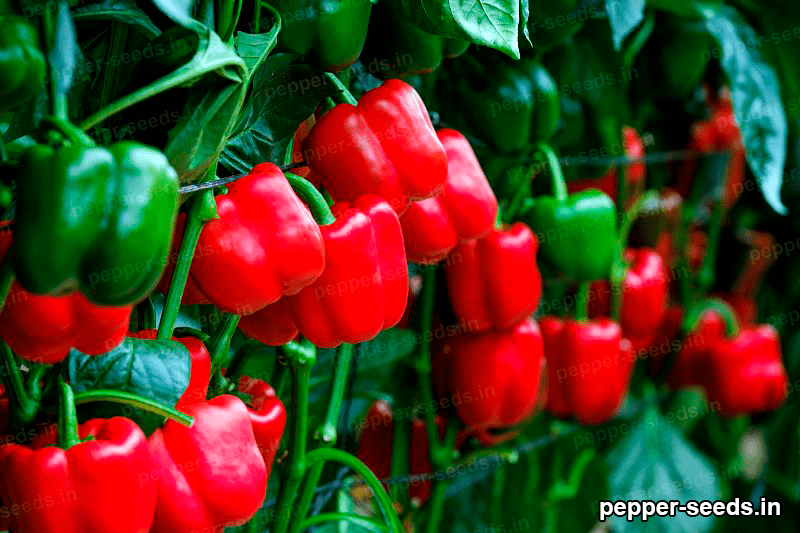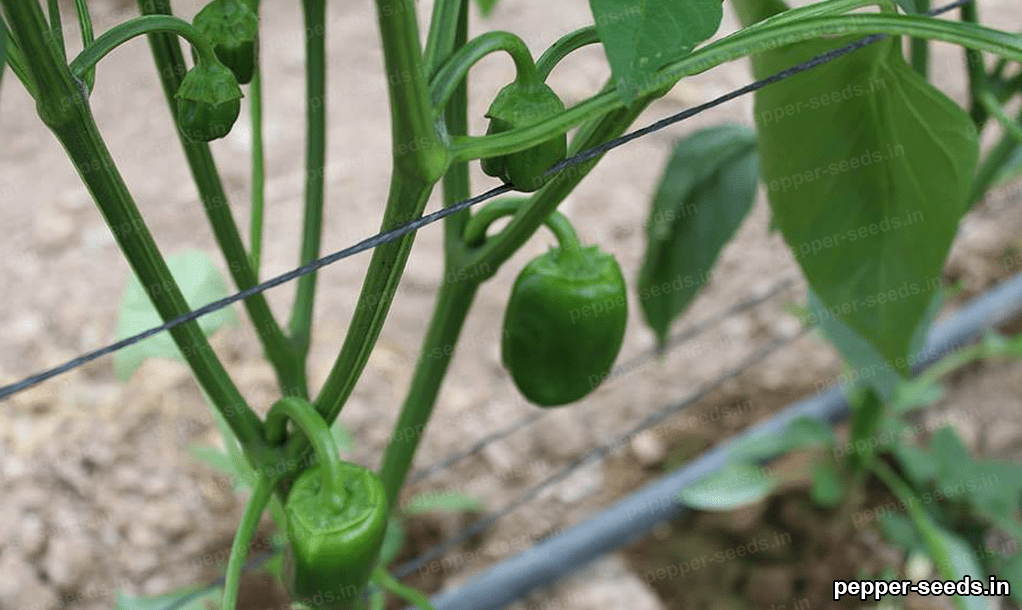Pepper seeds have been use in horticulture for centuries, with their use dating back to the ancient world.
The earliest known use of pepper seeds in horticulture was in India, where they were use to grow hot peppers for both culinary and medicinal purposes. The first recorded use of pepper seeds in the West was in the early 16th century, when Spanish explorers brought them back from their travels in the New World.
Some of the earliest ornamental peppers included the cayenne pepper, which is still popular today, as well as the jalapeno, habanero, and serrano peppers. Pepper seeds were also use to produce culinary peppers, which were use to add flavor and heat to dishes. The most common culinary pepper is the bell pepper, which is use to add sweetness and crunch to dishes. Other popular culinary peppers include the jalapeno, habanero, and serrano. The hotter varieties of peppers, such as the habanero and Scotch bonnet, were not widely use until the 20th century.
In addition to being use in horticulture, pepper seeds have also been use to create new varieties of peppers. For example, in the early 20th century, plant breeders developed new varieties of peppers, such as the Anaheim pepper, which has a mild, sweet flavor and a mild heat. Other popular varieties of peppers that have been developed include the jalapeno, habanero, and serrano.
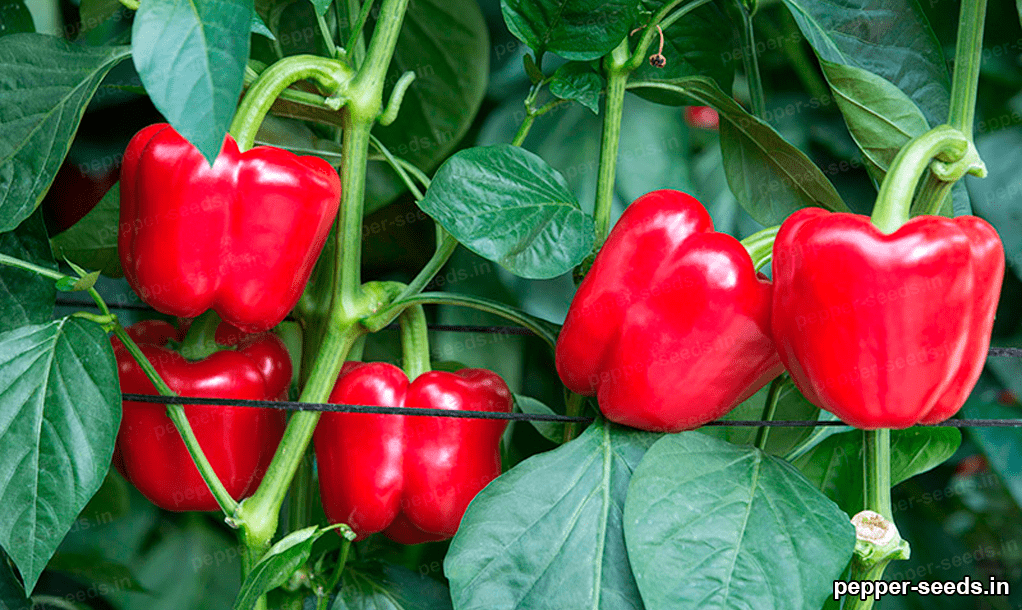
For example, the popular jalapeno-habanero hybrid is use to create a pepper with a unique flavor and heat profile.
The use of pepper seeds in horticulture has been instrumental in the development of many popular dishes, such as chili, salsa, and hot sauces. Pepper seeds are an essential part of horticulture and the culinary world, and their use dates back centuries.
Best crop support system for pepper seeds
Crop support systems are vital for pepper seed cultivation, as peppers are a sensitive crop that require careful management and attention to detail. The right support system can provide the ideal environment for successful pepper seed cultivation, and can help to ensure that the resulting crop is of the highest quality. The most important factor in choosing the best crop support system for pepper seeds is ensuring that it provides adequate support and protection from the elements.
Pepper plants are particularly sensitive to extreme weather, so the support system must be able to protect the plants from strong winds, heavy rain, and intense heat. A system that can provide sufficient shelter from the elements, such as a greenhouse or a high tunnel, is the best option. In addition to providing protection from the elements, the best crop support system for pepper seeds also needs to provide adequate ventilation and air circulation.
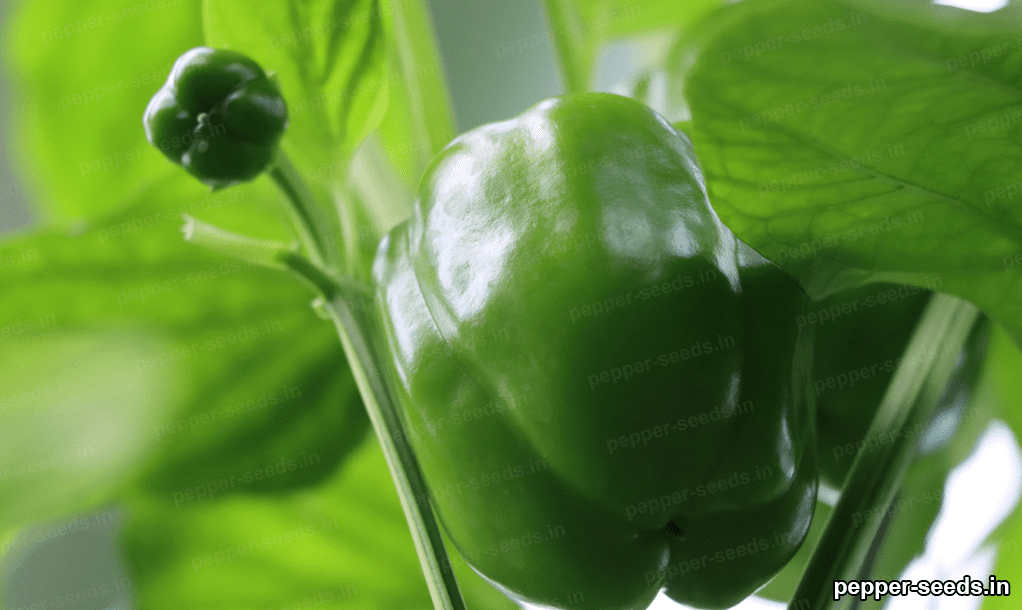
Peppers require a steady supply of fresh air in order to grow and develop properly.
A system that allows for adequate air circulation, such as a greenhouse or a high tunnel, is ideal. The best crop support system for pepper seeds also needs to be able to provide adequate drainage. Pepper plants require well-drained soil in order to grow and thrive. A system that allows for proper drainage, such as raised beds or containers, is the best option. In addition to providing adequate drainage, the best crop support system for pepper seeds also needs to be able to provide adequate nutrition.
Peppers require a steady supply of nutrients in order to grow and develop properly. A system that can provide adequate nutrition, such as a drip irrigation system or a fertigation system, is ideal. Finally, the best crop support system for pepper seeds also needs to provide adequate support and protection from pests and diseases. Pepper plants are susceptible to a variety of pests and diseases, so the support system must be able to provide adequate protection.
A system that can provide adequate protection, such as a floating row cover or a shade cloth, is the best option. In conclusion, the best crop support system for pepper seeds must be able to provide adequate support and protection from the elements, adequate ventilation and air circulation, adequate drainage, adequate nutrition, and adequate protection from pests and diseases. A system that meets these criteria, such as a greenhouse or a high tunnel, is the best option for successful pepper seed cultivation.
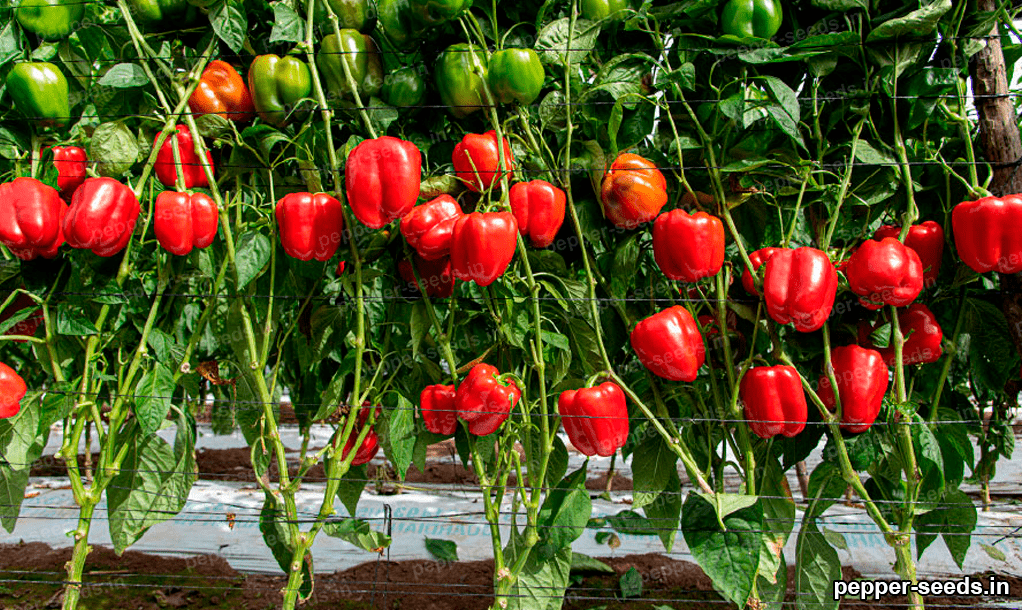
Best climate conditions for cultivating pepper seeds
Pepper plants (Capsicum annuum) are a popular crop choice for many gardeners. While they are easy to grow and produce a great harvest, they are also sensitive to their environment. Therefore, it is important to select the best climate conditions for cultivating pepper seeds. The most important factor in growing peppers is the temperature. The ideal temperature for pepper plants is between 75 and 85°F (24-29°C). If the temperature is too low, the peppers will not germinate and may suffer from disease or slow growth. On the other hand, if the temperature is too high, the peppers will not produce well and may experience stunted growth or reduced yields. For the best results, the temperature should be kept between these two ranges.
In addition, peppers need plenty of sunlight. They should receive at least 6-8 hours of direct sunlight each day. Too little sunlight can cause the plants to be weak and spindly, and may reduce yields. If the area is too shady, pepper plants may not produce enough fruit or may produce smaller fruit. Another important factor is soil fertility. Peppers require well-draining soil with a pH between 6.0 and 6.5. The soil should also be rich in organic matter, such as compost or aged manure.
A drip irrigation system or a soaker hose is the best way to ensure that the pepper plants get just the right amount of water. In conclusion, the best climate conditions for cultivating pepper seeds are those with temperatures between 75 and 85°F (24-29°C), plenty of sunlight, well-draining soil with a pH between 6.0 and 6.5, and regular watering. When these conditions are met, peppers will grow strong and produce a great harvest.
Other crops that use the same cultivation method
Peppers are an important part of the global food system and are a popular choice for home gardeners and farmers alike. This method of cultivation is also use to grow a variety of other crops, including tomatoes, eggplants, melons, squash, and cucumbers.
You can grow eggplants from seed or purchase them as transplants, similar to tomatoes.
After planting, it is necessary to prune and stake the eggplants to prevent them from becoming too large. They are one of the most popular fruits in gardens, requiring a warm and sunny location, well-draining soil, and ample water. Melons can be grown from seed or purchased as transplants. Once planted, they need pruning and staking to control their size.
Squash, a popular vegetable, can be grown using the same transplanting method as peppers. also requires a warm and sunny location, well-draining soil, and plenty of water.
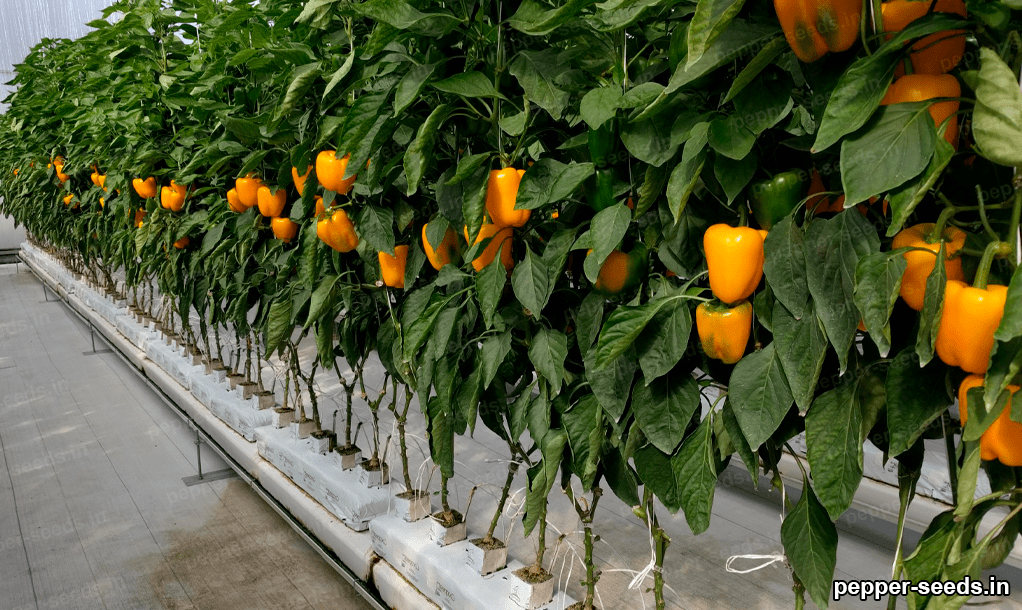
Squash can also be grown from seed or purchased as transplants.
After planting, it’s essential to prune and stake the squash to prevent them from becoming too large and unruly. They require a warm and sunny location, well-draining soil, and ample water. Cucumbers can be grown from seed or purchased as transplants. Post-planting, it’s necessary to prune and stake the cucumbers to control their size and prevent them from becoming too large and unruly.
Herbs such as basil, oregano, rosemary, and thyme are all popular choices for home gardeners and farmers alike. Herbs need a warm and sunny location, well-draining soil, and plenty of water in order to thrive.
This method of cultivation requires warm temperatures, well-draining soil, and plenty of water in order to produce a healthy crop. By following the proper guidelines and providing the right growing conditions, gardeners and farmers can enjoy a successful harvest of a variety of crops.
